Samsung Galaxy Tab S11 vs Galaxy Tab S9: Key Upgrades You Should Know About
Here’s what separates Samsung’s new Tab S11 from the trusty Tab S9.
We may earn a commission if you make a purchase from the links on this page.

Intro
After skipping the compact model in the Tab S10 generation, Samsung is bringing back the smaller flagship tablet with the Galaxy Tab S11. The new version improves things with a brighter AMOLED screen, a more powerful 3nm chip, smarter multitasking with DeX Extended Mode, and longer software support.
The Galaxy Tab S9 is still a capable machine, but with only two years of support left, the S11 steps in as the better choice for those who want a premium 11-inch Android tablet.
Galaxy Tab S11 vs Galaxy Tab S9 differences explained:
| Samsung Galaxy Tab S11 | Samsung Galaxy Tab S9 |
|---|---|
| MediaTek Dimensity 9400+, 3nm | Snapdragon 8 Gen 2, 4nm |
| 253.8 × 165.3 × 5.5 mm, 482 g | 254.3 × 165.8 × 5.9 mm, 498 g |
| 11" Dynamic AMOLED 2X, 120Hz, 1,600 nits peak | 11" Dynamic AMOLED 2X, 120Hz, ~650 nits peak |
| 12GB RAM standard; 128/256/512GB + microSD | 8GB (128GB model), 12GB (256GB); + microSD |
| Redesigned S Pen | Older S Pen |
| Android 16, One UI 8, 7 years of updates | Android 15, One UI 7, ~2 years of updates left |
| Quad speakers, Dolby Atmos | Quad speakers, Dolby Atmos |
| 13MP rear, 12MP ultrawide front | 13MP rear, 12MP front |
| From $799.99 (Wi-Fi only in US) | Launched at $799.99 |
Design and Display
Compact, durable, and brighter than before
The Tab S11 keeps Samsung’s familiar minimalist design — flat sides, uniform bezels, and a slim aluminum chassis. Both tablets are IP68-rated, which is rare in the tablet world.
The big difference is in the display. The Galaxy Tab S11’s 11-inch Dynamic AMOLED 2X now reaches 1,600 nits peak brightness, more than double the Galaxy Tab S9’s panel. That will make HDR content look more impactful, and it will help with visibility in bright lighting conditions.
The one drawback with the new Tab S11 is that it doesn't come with an anti-reflective coating like the larger Tab S11 Ultra. That said, Samsung does offer an AR screen protector that also helps with reflections.
The Tab S11 is also slightly thinner (5.5 mm vs 5.9 mm) and lighter (482 g vs 498 g), which adds to its portability.
The big difference is in the display. The Galaxy Tab S11’s 11-inch Dynamic AMOLED 2X now reaches 1,600 nits peak brightness, more than double the Galaxy Tab S9’s panel. That will make HDR content look more impactful, and it will help with visibility in bright lighting conditions.
The Tab S11 is also slightly thinner (5.5 mm vs 5.9 mm) and lighter (482 g vs 498 g), which adds to its portability.
Keyboard and Stylus
A redesigned S Pen in the box
Samsung continues to include the S Pen at no extra cost, which is great news for everyone (and as it should be with tablets at this price). What makes it even better is that it now has a new cone-shaped tip and a hexagonal body, making it feel more like a real pencil. It’s noticeably more comfortable, though latency remains the same as before.
The Book Cover Keyboard Slim has been refreshed to fit the Tab S11, and a more advanced Pro Keyboard is coming in 2026. Both tablets remain good options for typing on the go, even if they can’t fully replace a laptop.
The Book Cover Keyboard Slim has been refreshed to fit the Tab S11, and a more advanced Pro Keyboard is coming in 2026. Both tablets remain good options for typing on the go, even if they can’t fully replace a laptop.
Performance & Benchmarks
3nm chip and smarter DeX multitasking
The Tab S11 swaps Qualcomm for MediaTek’s Dimensity 9400+, a 3nm chip that delivers excellent benchmark numbers: 2,776 single-core (vs 2,128) / 8,811 (vs 5,657) multi-core in Geekbench 6, and up to 6,313 in 3DMark Wild Life Extreme before throttling. That’s a clear step up from the Snapdragon 8 Gen 2 in the Tab S9.
Both tablets are smooth performers in daily use, but the S11 has more headroom for gaming, multitasking, and AI features.
Memory and storage are also more generous this year. The Galaxy Tab S11 starts with 12 GB of RAM across all models, paired with 128 GB, 256 GB, or 512 GB of storage, plus microSD expansion up to 2 TB. The Galaxy Tab S9 offers just 8 GB of RAM in its base 128 GB version, with 12 GB reserved for the 256 GB one.
Both tablets are smooth performers in daily use, but the S11 has more headroom for gaming, multitasking, and AI features.
Software
On the software side of things, the Tab S11 launches with Android 16 and One UI 8, complete with the new DeX Extended Mode, which finally allows the tablet and an external monitor to run as two independent screens. Add to that Galaxy AI tools like Writing Assist and Gemini Live, and you’ve got a much more versatile machine.
Most importantly, Samsung promises seven years of updates for the S11, while the Tab S9 is down to its last two years of support.
Most importantly, Samsung promises seven years of updates for the S11, while the Tab S9 is down to its last two years of support.
Battery and Charging
Same size, more efficient chip
Battery capacity hasn’t changed — both models pack 8,400 mAh cells with 45W wired charging. The difference is efficiency: the 3nm chip inside the Tab S11 should squeeze more hours out of the same capacity.
Neither tablet includes a charging adapter in the box, and wireless charging is still not part of Samsung’s tablet lineup.
Camera
A single camera on both tablets
Tablets aren’t made for photography, and Samsung doesn’t pretend otherwise. Both the Tab S11 and Tab S9 have a 13 MP rear camera and a 12 MP ultrawide front camera that works well for video calls.
Which one should you buy?
The Galaxy Tab S11 isn't drastically different from its two-year-old predecessor. The main upgrades are that new 3nm chipset and the brighter display. It's also nice to see Samsung improving the included stylus, which feels more comfortable now, even if it doesn't introduce any other improvements.
The Galaxy Tab S9 is still a solid tablet if you find it at a discount, but its shorter support window makes it a harder long-term buy. If you want a compact Android flagship tablet in 2025, the Galaxy Tab S11 is the clear pick. However, if you already own the Tab S9 and don't need the brighter display or better chip, then you probably don't need to upgrade.
The Galaxy Tab S9 is still a solid tablet if you find it at a discount, but its shorter support window makes it a harder long-term buy. If you want a compact Android flagship tablet in 2025, the Galaxy Tab S11 is the clear pick. However, if you already own the Tab S9 and don't need the brighter display or better chip, then you probably don't need to upgrade.
Follow us on Google News






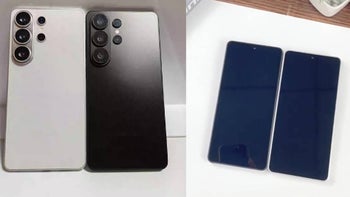

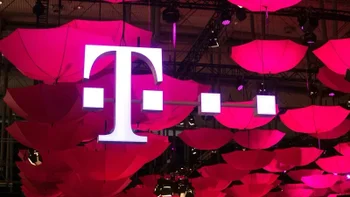

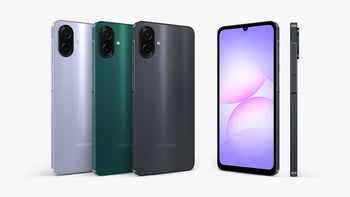

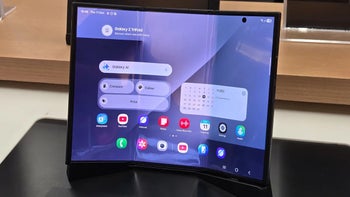

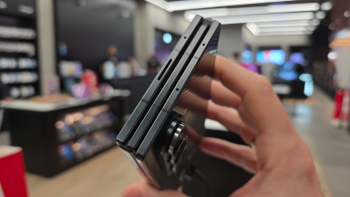
Things that are NOT allowed:
To help keep our community safe and free from spam, we apply temporary limits to newly created accounts: